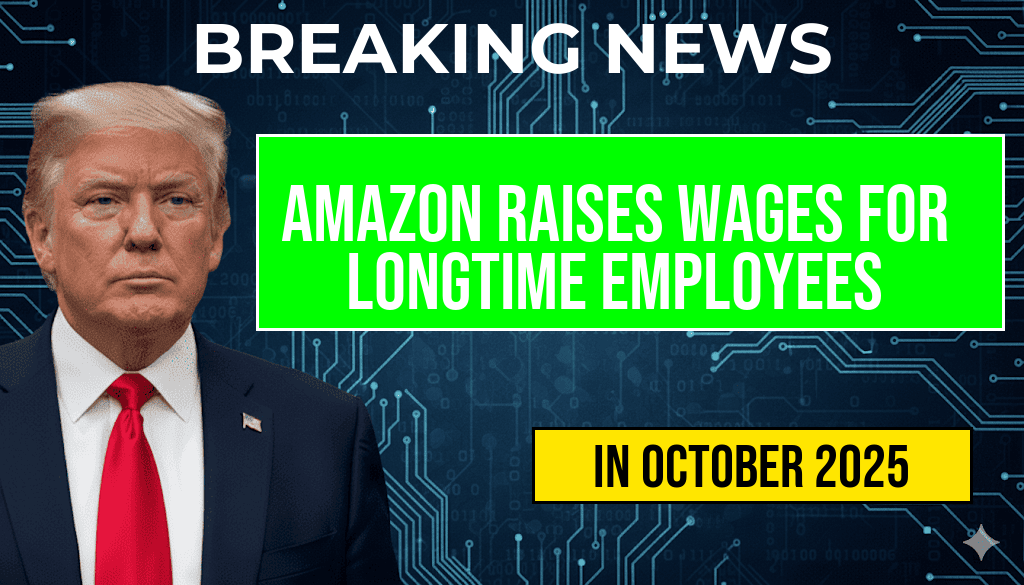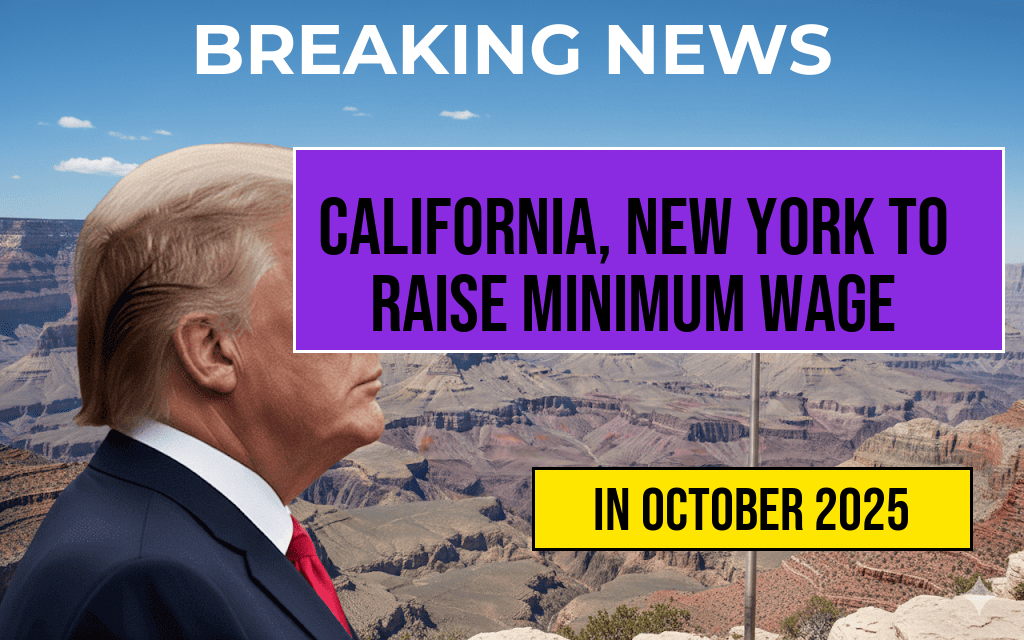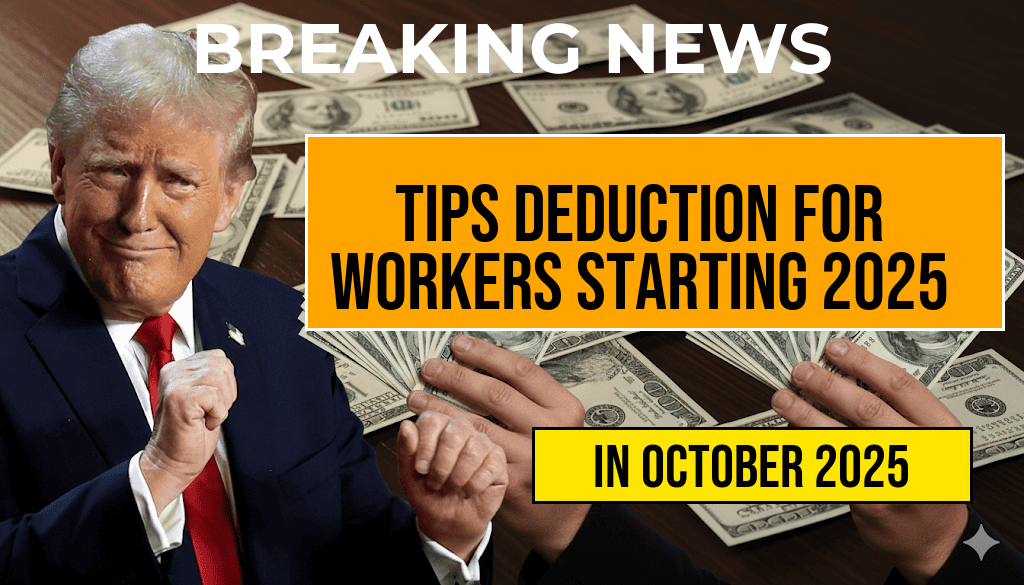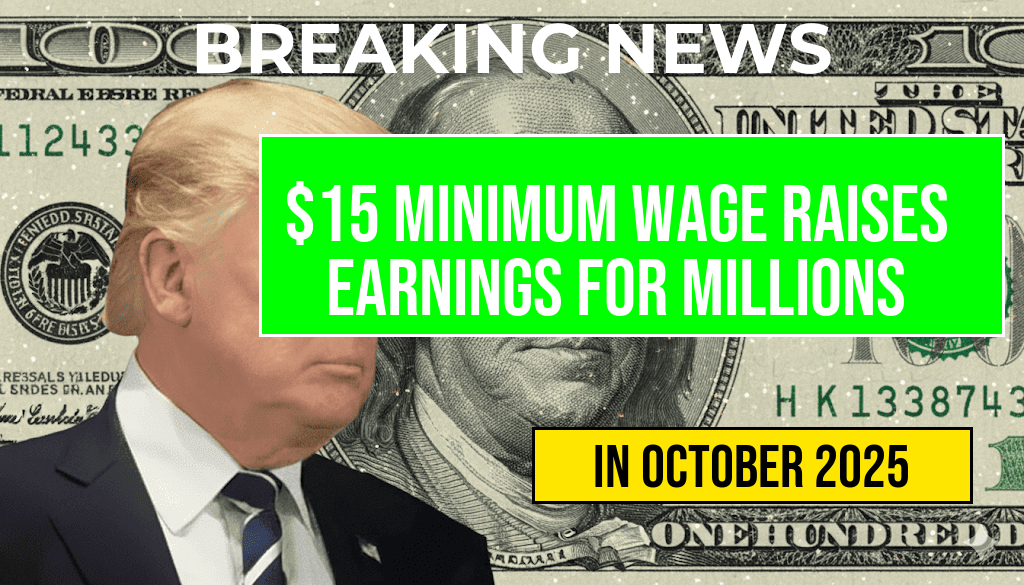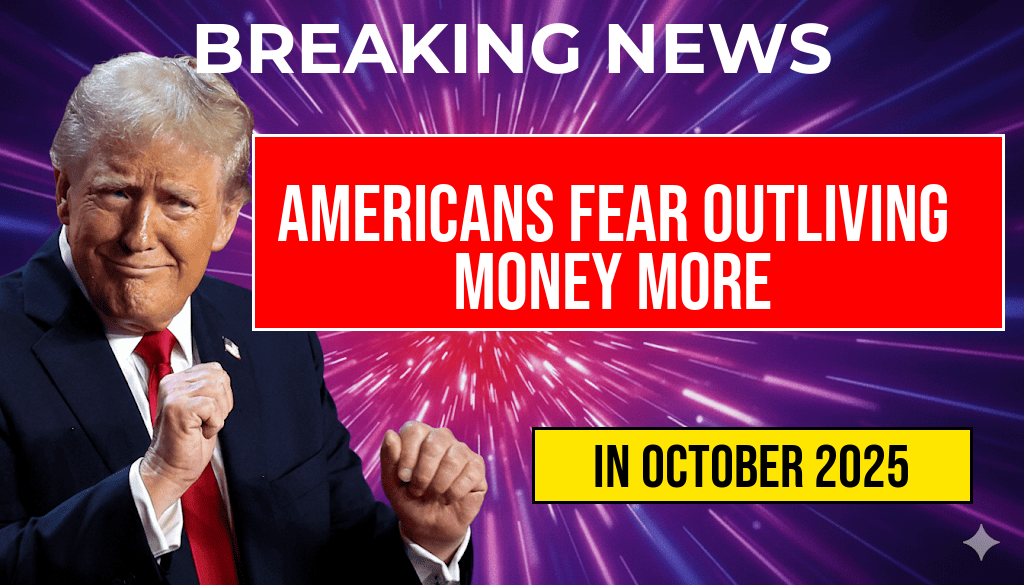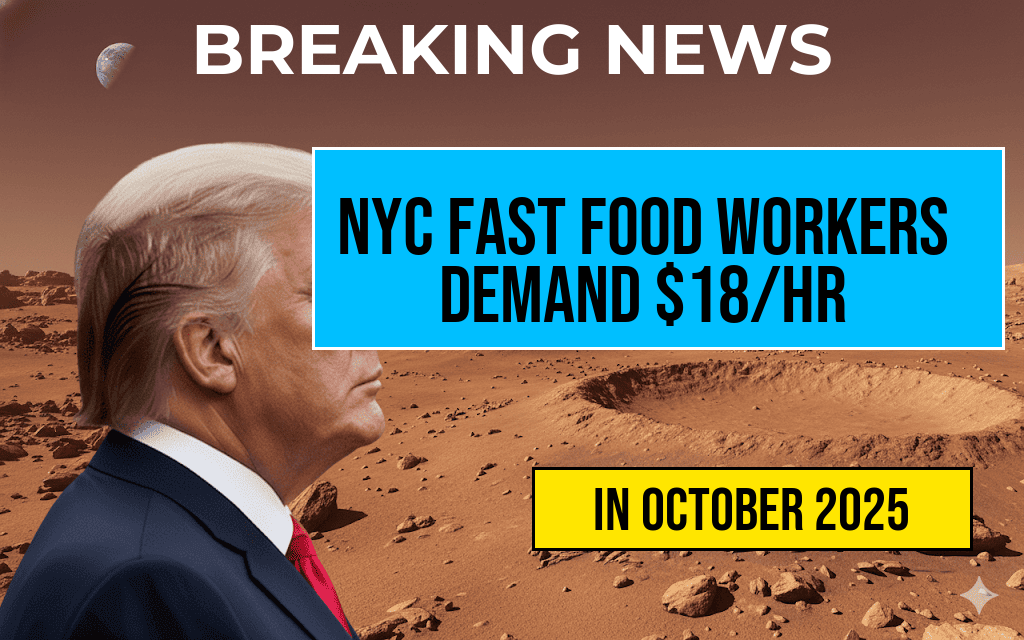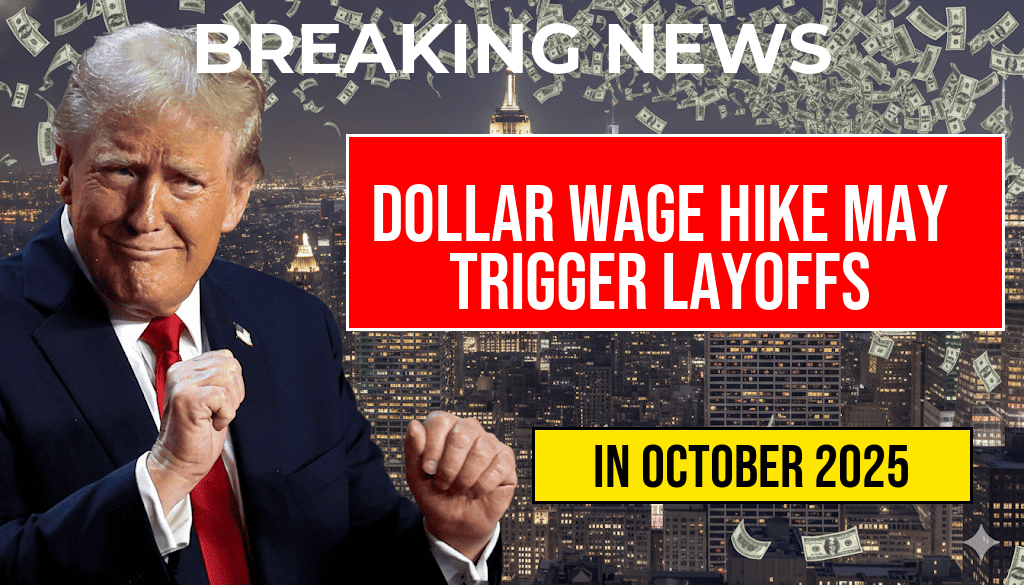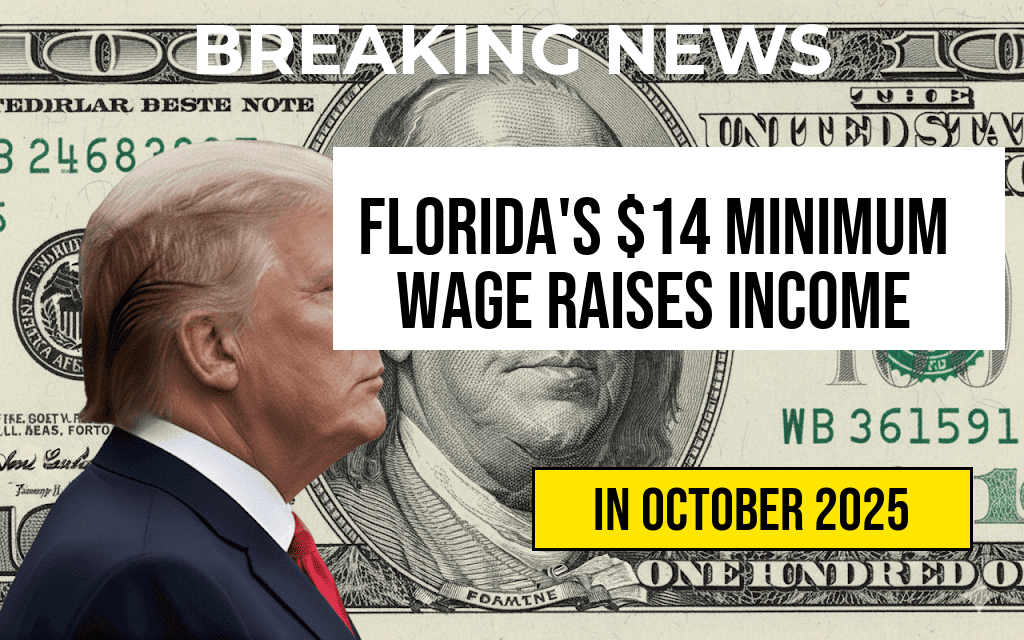A proposed increase in the federal minimum wage to $15 an hour could significantly impact millions of workers across the United States. According to recent analyses, roughly 32 million employees earning at or near the current federal minimum stand to see their annual earnings rise by approximately $3,300 if the wage floor is raised. This change, part of ongoing debates over economic equity and living standards, could reshape the financial landscape for low-wage earners, particularly in sectors such as retail, hospitality, and food services. While proponents highlight the potential for improved economic stability and reduced poverty, opponents warn of potential job cuts and inflationary pressures. As legislative efforts gain momentum, understanding the scope of this wage increase’s impact becomes crucial for policymakers, workers, and employers alike.
The Scope of the Wage Increase and Its Economic Impact
The push for a federal minimum wage increase to $15 was reintroduced in Congress, with supporters arguing that the current $7.25 minimum, established in 2009, no longer reflects the rising costs of living. An analysis by the Economic Policy Institute estimates that roughly 32 million workers earning at or below this threshold could see their annual earnings increase by about $3,300, assuming full-time employment at 40 hours per week. This translates to a significant boost in disposable income for many low-wage workers, potentially reducing dependency on social safety nets and increasing consumer spending.
Potential Benefits for Workers
- Increased Annual Income: A $15 minimum wage would raise the annual earnings of full-time low-wage workers by approximately $3,300, enhancing their purchasing power.
- Reduction in Poverty: Higher wages could lift millions out of poverty, decreasing reliance on government assistance programs.
- Improved Worker Well-being: Enhanced earnings may lead to better health outcomes, increased job satisfaction, and improved quality of life.
Economic Concerns and Counterarguments
- Potential Job Losses: Critics contend that higher labor costs could lead employers to reduce staffing levels, automate roles, or cut hours, especially in small businesses.
- Inflationary Pressures: Increased wages might be passed onto consumers through higher prices, potentially offsetting gains for workers.
- Regional Variations: The impact of a $15 minimum wage may vary significantly depending on local economic conditions, cost of living, and industry composition.
State and Local Variations in Minimum Wage Policies
Several states and municipalities have already adopted minimum wages exceeding the federal level, reflecting regional economic differences. For instance, California and New York have set their minimums at $15 per hour or higher, while others like Florida and Ohio follow the federal baseline. These localized policies demonstrate the nuanced effects of wage hikes, with some regions experiencing stronger economic growth and improved worker welfare, and others facing challenges such as labor shortages or increased business costs.
Historical Perspective and Future Projections
| Number of Workers Affected | Average Annual Earnings Increase per Worker | Total Estimated Increase in Earnings |
|---|---|---|
| 32 million | $3,300 | $105.6 billion |
Previous attempts to raise the minimum wage have faced mixed outcomes, with some studies citing increased worker earnings and reduced poverty, while others point to potential employment adjustments. The Congressional Budget Office (CBO) estimates that a $15 federal minimum could result in an overall employment decrease of about 1.3 million jobs, although the magnitude of this effect remains debated among economists. As discussions continue, the balance between elevating wages and maintaining employment levels remains central to policy considerations.
Broader Economic and Social Implications
Elevating the federal minimum wage to $15 could serve as a catalyst for broader economic change, influencing wage standards across industries and prompting employers to reevaluate compensation policies. Additionally, higher wages could contribute to narrowing income inequality, a persistent issue in the U.S. economy. However, implementing such a change requires careful calibration to mitigate potential negative effects on small businesses and the overall labor market.
For more information on the history and future of minimum wage policies, visit Wikipedia’s minimum wage article. To explore economic analyses and policy debates, consult Forbes.
Frequently Asked Questions
What is the proposed federal minimum wage increase?
The proposed federal minimum wage would be increased to fifteen dollars per hour, aiming to improve earnings for millions of workers across the country.
How many workers could benefit from the minimum wage increase?
Approximately thirty-two million workers could see an increase in their annual earnings if the minimum wage is raised to fifteen dollars per hour.
What is the estimated annual earnings boost for affected workers?
The increase could boost annual earnings by about three thousand three hundred dollars per worker on average.
How might this wage increase impact the economy?
Raising the federal minimum wage to fifteen dollars could increase consumer spending, reduce poverty, and promote economic growth by increasing the income of low-wage workers.
When could the federal minimum wage be increased to fifteen dollars?
The timeline for implementing the federal minimum wage increase depends on legislative processes, but discussions and proposals aim to achieve this change in the near future to benefit workers promptly.

